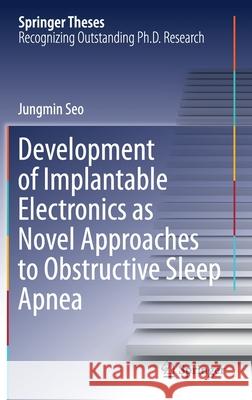Development of Implantable Electronics as Novel Approaches to Obstructive Sleep Apnea » książka
topmenu
Development of Implantable Electronics as Novel Approaches to Obstructive Sleep Apnea
ISBN-13: 9789811583261 / Angielski / Twarda / 2020 / 75 str.
Development of Implantable Electronics as Novel Approaches to Obstructive Sleep Apnea
ISBN-13: 9789811583261 / Angielski / Twarda / 2020 / 75 str.
cena 605,23
(netto: 576,41 VAT: 5%)
Najniższa cena z 30 dni: 578,30
(netto: 576,41 VAT: 5%)
Najniższa cena z 30 dni: 578,30
Termin realizacji zamówienia:
ok. 22 dni roboczych
Bez gwarancji dostawy przed świętami
ok. 22 dni roboczych
Bez gwarancji dostawy przed świętami
Darmowa dostawa!
Kategorie BISAC:
Wydawca:
Springer
Seria wydawnicza:
Język:
Angielski
ISBN-13:
9789811583261
Rok wydania:
2020
Wydanie:
2021
Numer serii:
000416125
Ilość stron:
75
Waga:
0.31 kg
Wymiary:
23.39 x 15.6 x 0.64
Oprawa:
Twarda
Wolumenów:
01
Dodatkowe informacje:
Wydanie ilustrowane











